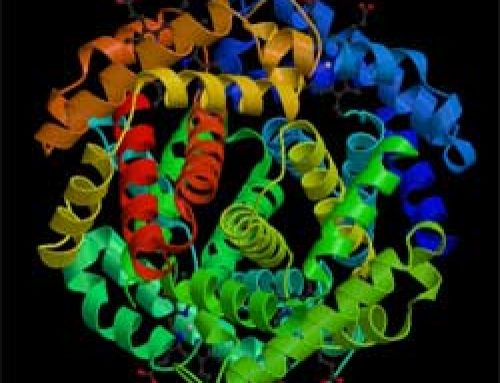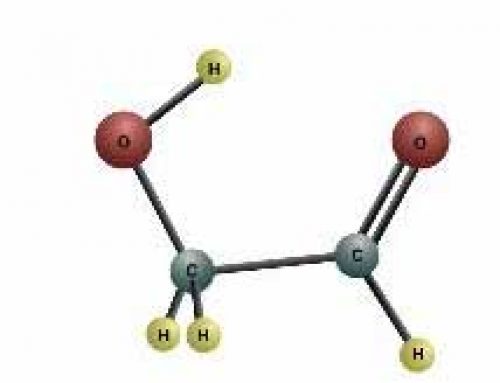
Diagram of aluminum atom
Aluminum is one of the heavier atoms that forms inside a red giant star after a star begins to run out of fuel. An atom of aluminum has 13 protons, 14 neutrons, and 13 electrons, so it’s a kind of metal. There are only three electrons in the outer ring, which could hold as many as eighteen electrons, so these three lonely electrons are very unstable and are always linking up with electrons from other nearby atoms.
There’s lots of aluminum in the Earth’s crust; aluminum is the most common element in the Earth’s crust after oxygen and silicon. Eight percent of the whole Earth is aluminum. But almost all of this aluminum is mixed with other atoms, because aluminum is so unstable on its own. For example, these three most common elements – aluminum, oxygen, and silicon – combine to make kaolin clay, which is what Chinese potters used to make porcelain.
In the ancient world, people didn’t use aluminum on its own because they had no way to separate it from other atoms. Today, we can separate aluminum using huge amounts of electricity. We use a lot of aluminum because it is light and easy to work, and it doesn’t rust like iron. Airplanes are mostly made of aluminum, and also soda cans. That’s why it’s so important to recycle soda cans – you save all that electricity that you would use to extract new aluminum.
Learn by doing – an experiment with aluminum cans
More about kaolin clay
More about porcelain
Chemistry of metals
Bibliography and further information about atoms:





